A few years ago I got a request from a reader to make "double mushroom ravioli" or a dried mushroom ravioli recipe with mushrooms in the dough and filling. It's one of the best fresh raviolis for mushroom lovers. Read on and I'll explain the details.
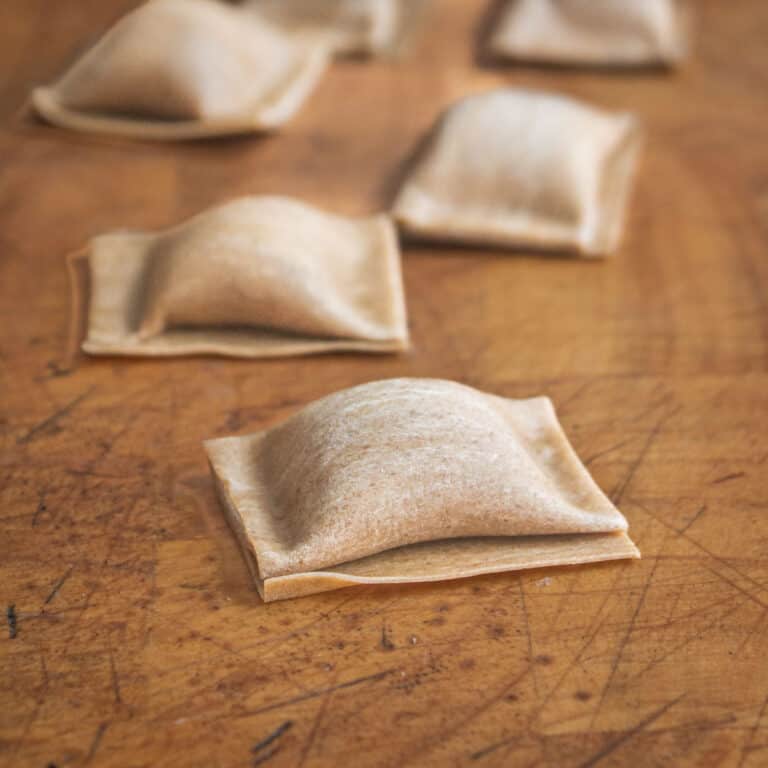
You use a basic pasta dough, but you add a puree of mushrooms to the dough, as well as the filling.
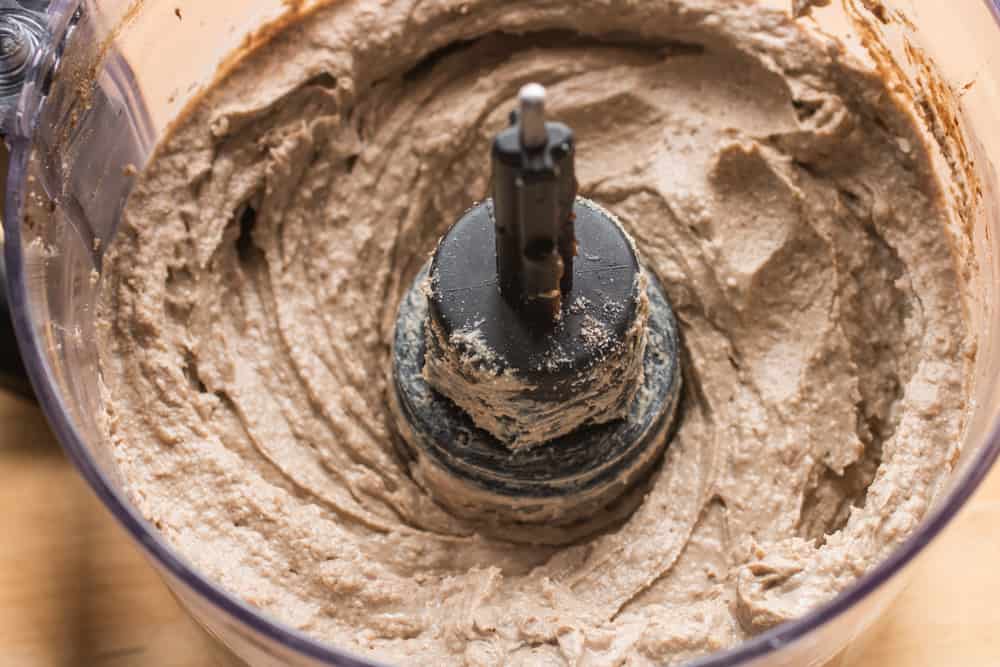
Mushroom Pasta Dough (Optional)
If you're a mushroom hunter who's also likes fresh pasta, the thought's probably occurred to you to that it might be fun to make fresh pasta flavored with dried wild mushrooms.
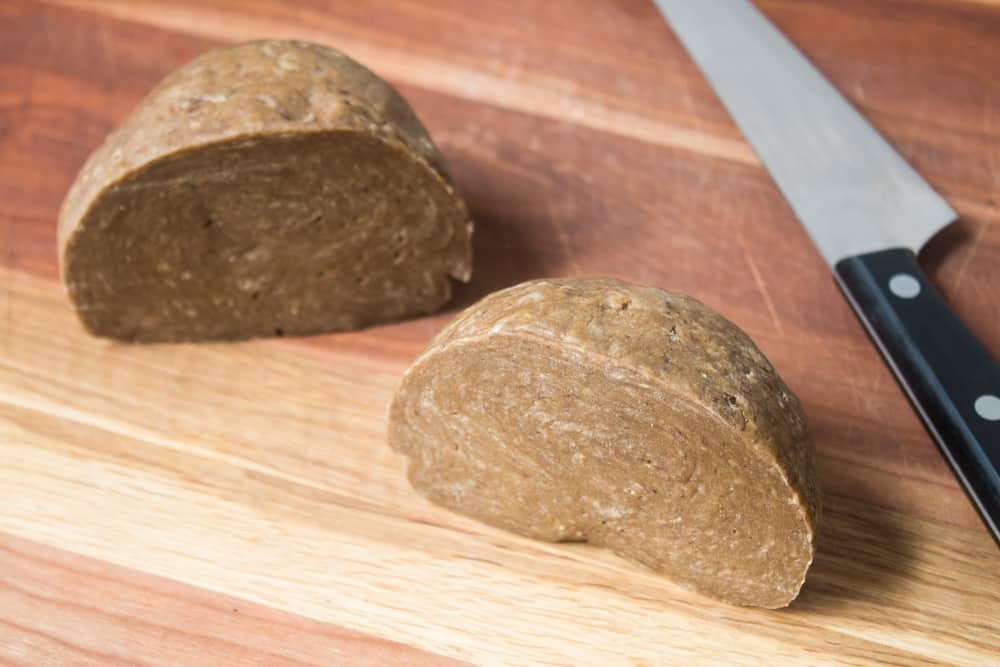
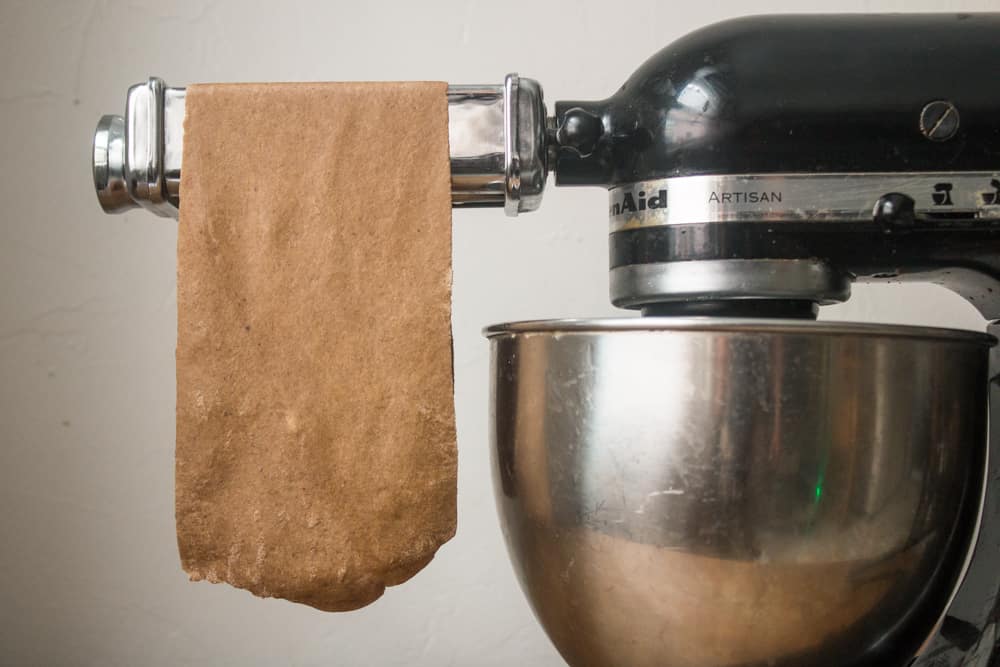
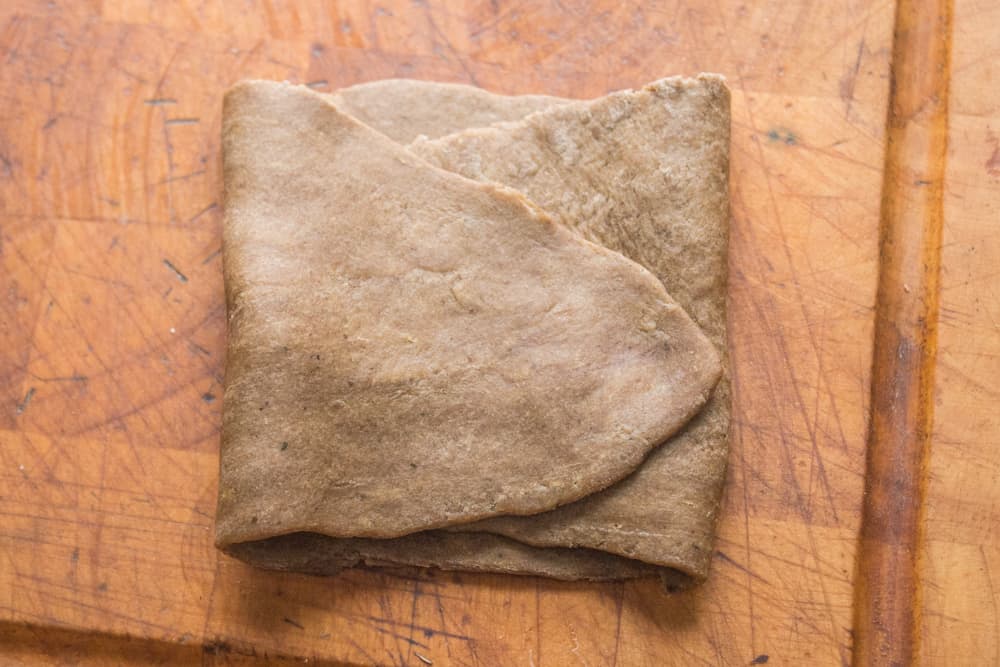
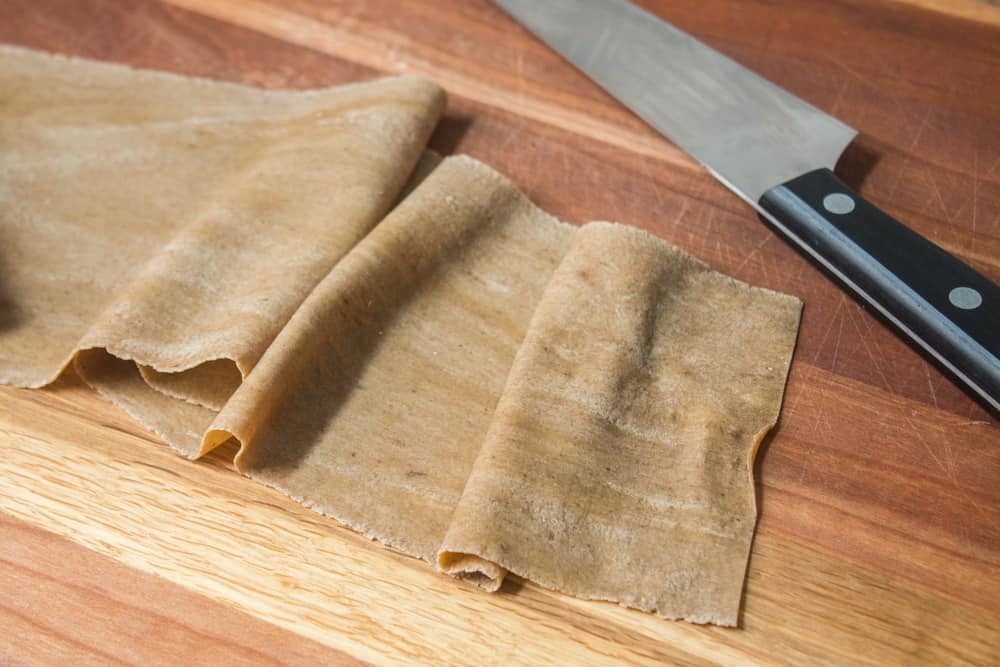
Unfortunately it's hard to get the flavor of dried mushrooms into dough, with the exception of my wild mushroom sourdough.
The flavor of wild mushrooms is dependably dairy, fat, and water soluble, but getting the aroma to permeate dough like pasta is difficult, there just isn't a lot of space for the flavor to go.
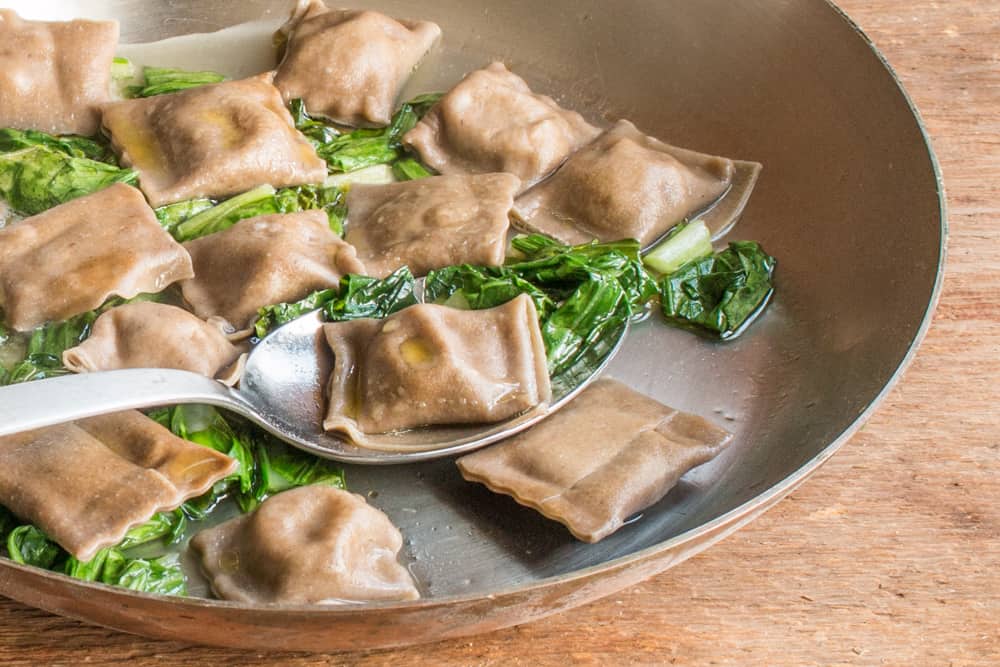
Don't get me wrong, you'll get some flavor in the pasta dough, just not as much as you might want. Either way, there's more than one way to make this, and, if you're short on dried mushrooms, try the filling and skip putting them in the dough.
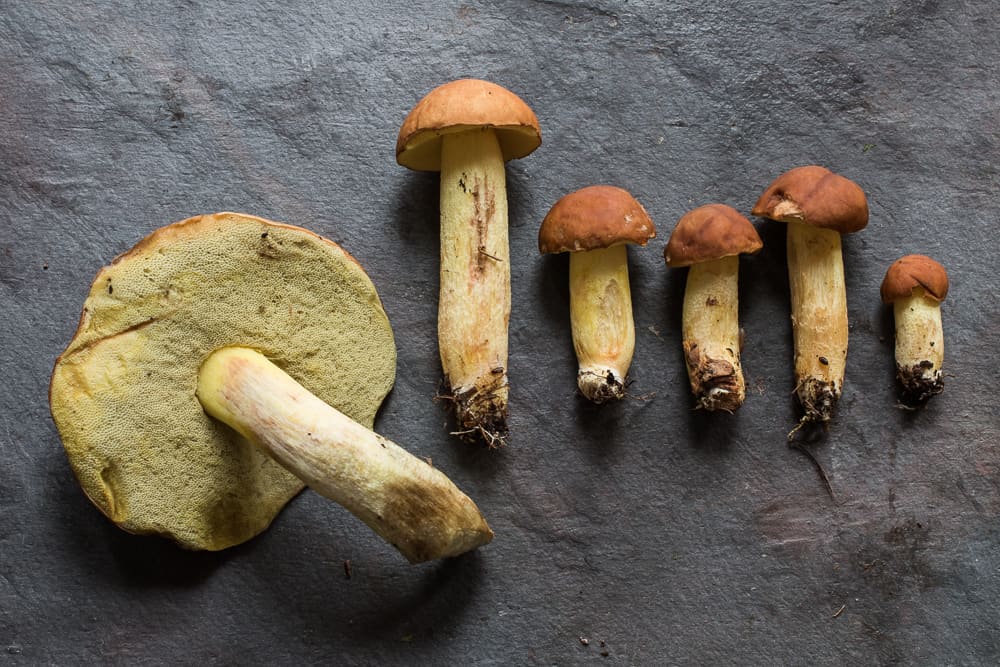
Assembly
Think of the pictures here as a guide. Purists would say the shapes above are more like squash agnolotti because I fold the dough twice over the filling. I like making ravioli that way as it makes them sturdy, but they'll also take a little longer to cook if you freeze and cook from frozen.
It's fine to put dollops of filling in the middle of the dough and fold the dough over a single time.
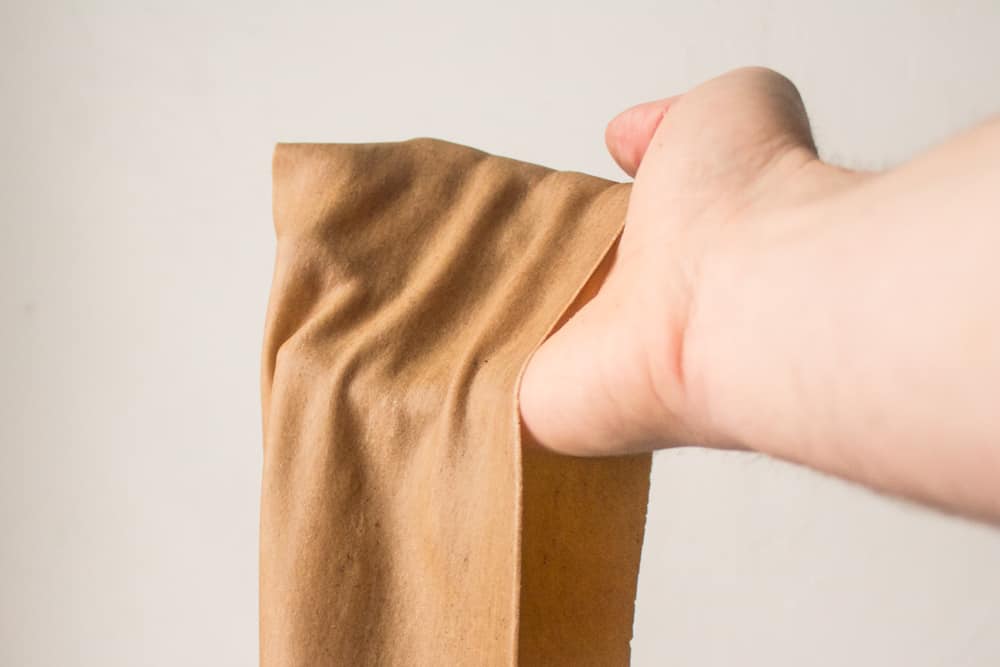
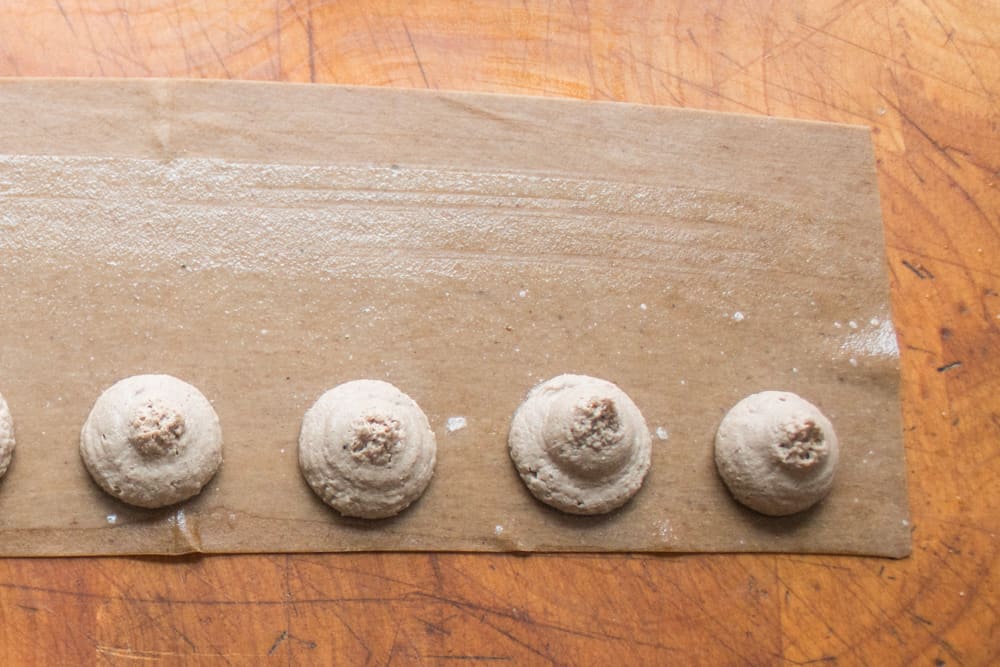
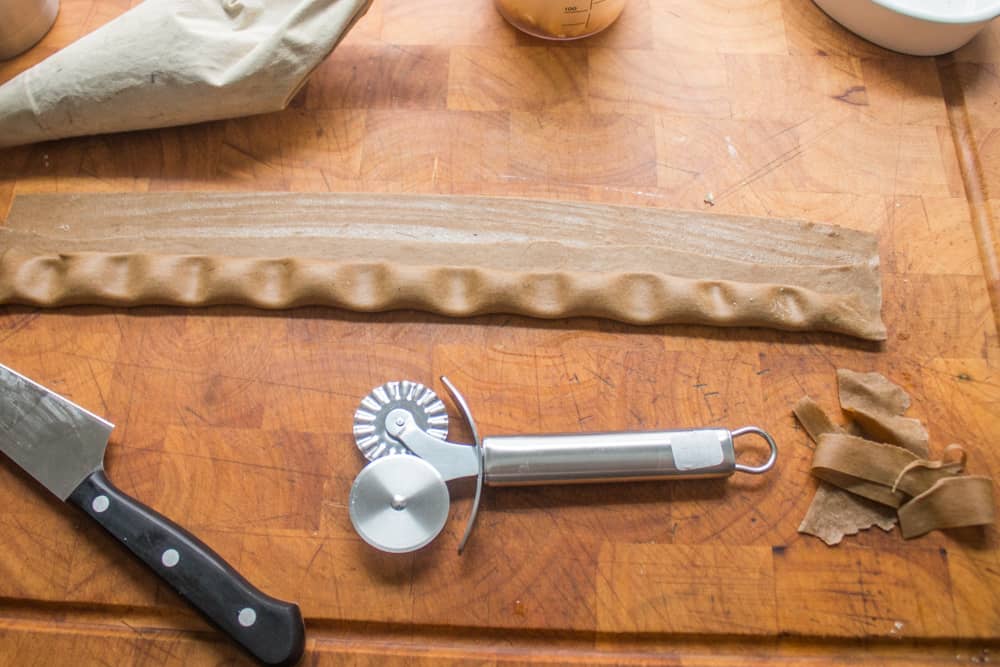
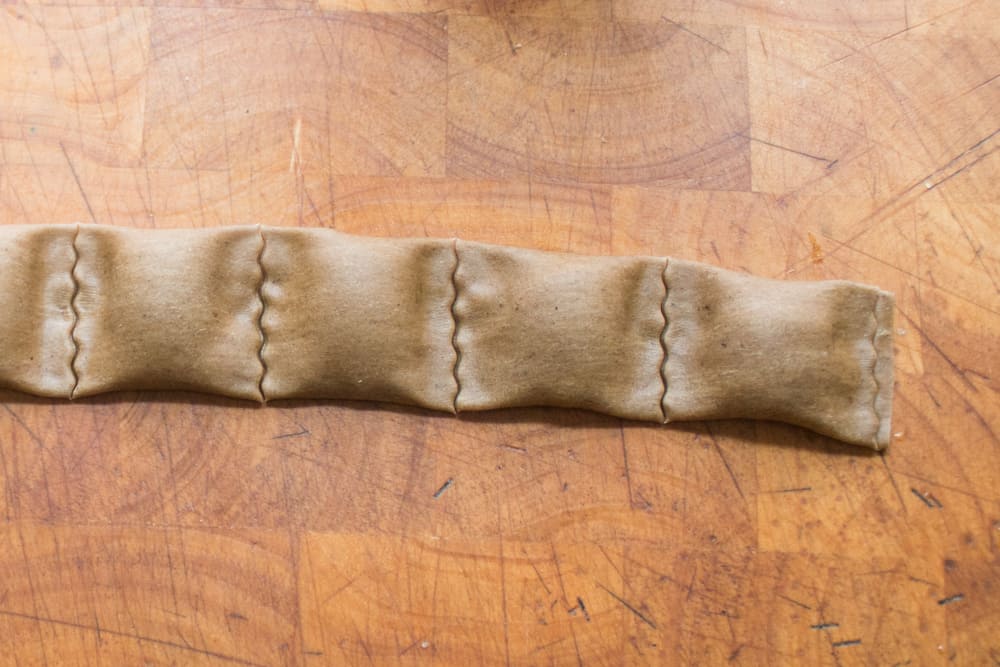
How to Store Ravioli
Finished ravioli can be stored in the fridge on a cookie sheet dusted with semolina for a few hours if you're cooking that day. Or, freeze them on a baking sheet dusted with semolina and put into a freezer bag after they're firmed. Frozen ravioli will last for a month.
Double Mushroom Ravioli
Equipment
- Stand mixer
- Pastry bag (optional)
- Pasta machine or rolling pin
- Spice grinder (for mushroom powder)
Ingredients
Homemade Pasta Dough
- 8 oz 1 ¾ cups all purpose flour
- 5 large egg yolks
- 20 grams toasted mushroom powder ground very fine
- 100 grams scant ½ cup hot water
- ½ teaspoon kosher salt
Wild Mushroom Filling
- 40 grams wild mushrooms Toasted in a 350 F oven for 15 minutes
- 50 grams hot water
- 280 grams ricotta
- 100 grams high quality parmesan
- 1 large egg
- ½ teaspoon salt
- A few scrapes of fresh nutmeg optional
Instructions
Dough
- Grind the toasted mushrooms to a powder. Pour the boiling water over the mushroom powder and salt to make a paste, then cool the mushroom mixture.
- Whisk the egg yolks into the mushroom mixture, then add to the flour in a stand mixer with the paddle attachment and mix until the mixture starts to come together—it may look crumbly, so mash it a bit with your hands to come together.
- Switch to the dough hook and knead to a smooth ball, about 1 minute more. Remove the dough and knead a bit by hand, it may feel firm at first, but as it rests it will soften.
Filling
- For the filling, pour the water over the mushroom powder and salt, then mix with the ricotta, parmesan, nutmeg if using and egg. Pack the filling into a pastry bag, or use two spoons for making the ravioli.
- A pastry bag is much faster. If your filling seems rough, or has chunks of parmesan in it, consider buzzing in a food processor to make it smooth.
Assembly
- Cut the dough into 4 pieces, keeping the excess wrapped in a towel or cling film as you work. Roll the dough out to the thinnest setting of the pasta roller, then cut each length in half to make 2 manageable sheets. Square the edges off a bit to make them rectangular, or if they don’t fit on your cutting board.
- Brush the dough very lightly with water, then pipe 8 teaspoons or so of the filling in the middle of the dough sheet, fold the dough over, and remove as much air as you can. Press down all around the ravioli, then cut with a fluted cutter.
- Gently transfer the ravioli to a baking sheet, not allowing them to touch, and dusted with cornmeal or semolina (all purpose flour will make them stick and tear). As you fill up baking sheets, transfer them to the freezer, or refrigerate if cooking within an hour or two.
Cooking
- To cook, bring a pot of salted water to a boil. Drop the ravioli into the water and cook until they float. If you want to cook them from frozen (what I usually do) you’ll need to cook them for a bit longer. When in doubt, taste them.
- If they’re still tough after floating coming out of the freezer, keep cooking a bit longer. Toss the cooked ravioli with simple garnishes: some wilted greens, melted butter, olive oil parmesan cheese, sauteed mushrooms or a light butter sauce.
Notes
Nutrition
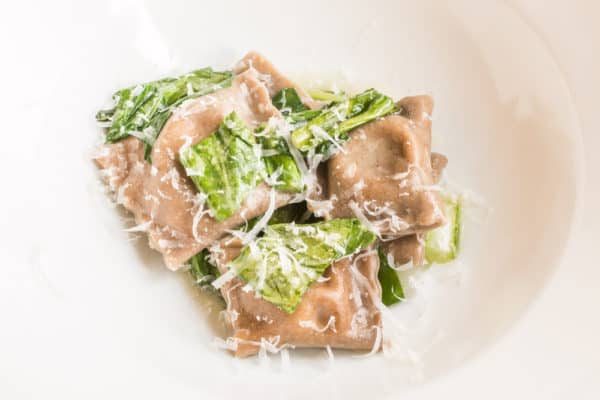

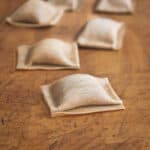
Claudia
I am drying fresh chanterelles as we speak, already have dry morels and black trumpets. Cant wait to try this recipe! It sounds amazing.
Steven Kang
It's good that I checked your post on dried mushroom powder because I was going to make a fresh pasta (tagliatelle) with porcini powder in few days. Thank you!
Nora
All I have to say is OMG! These were perfect. I had a few dough scraps left over and ate them with melted butter while my hubby cleaned up.
Marion Sansing
Thank you for your honesty!
Ellen
So interesting! I've tried making gnocchi with dried, ground mushrooms in the dough and I've always been disappointed with the flavor. And now I understand why! Thanks, Alan.
Alan Bergo
Thanks Ellen, the mushroom flavor will always be muted in lean doughs. Adding puree to gnudi is wonderful though.